
1903 - 2002
Brignoni Serge
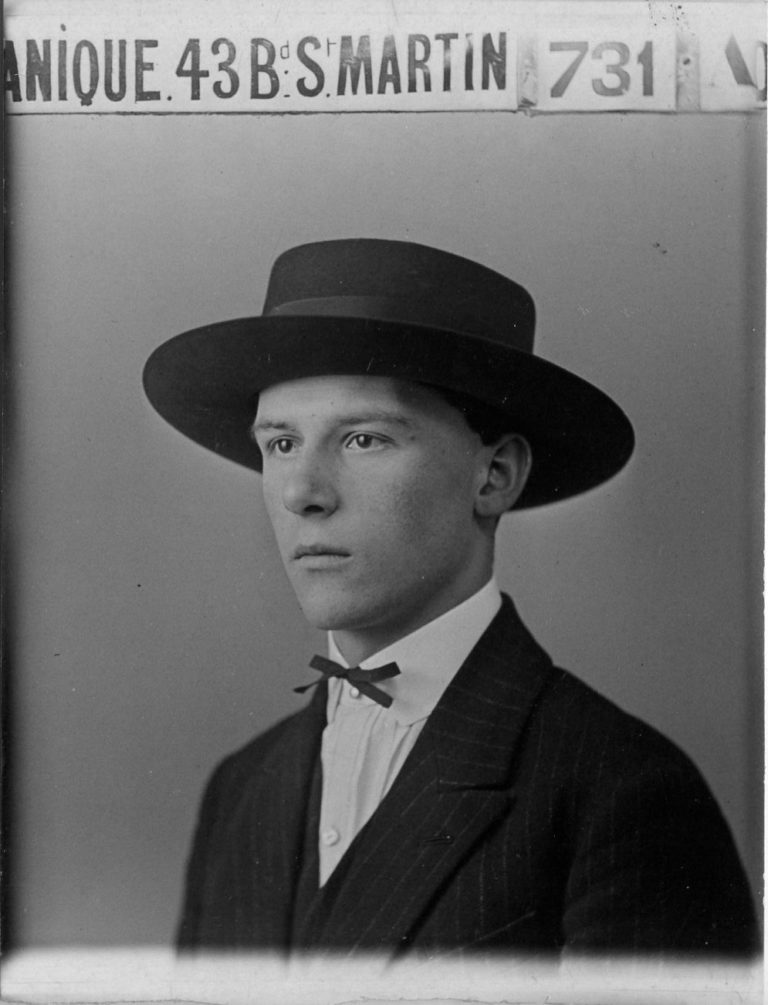
description
A Swiss sculptor and lithographer, artist and graphic artist, collector of archaic and ancient works of art, a prominent representative of the avant-garde in his country and Europe. The artist spent more than a decade in Paris, became a member of a Surrealist group organized and headed by Andre Breton. The latter included one of Serge Brignoni’s lithographs in the famous illustrated book “Surrealism in 1947”.
The artist as a representative of the Paris School was a participant in the Venice Biennale and prestigious international exhibitions of surreal art in England and America. His contribution to the development of avant-garde art in Switzerland is considerable.
Close to Surrealism at the artistic and intellectual level, Serge Brignoni used complex metamorphoses of the image of the world. Veins and branches, eyes and viscera, sea creatures and endless cosmic landscapes, spaces and figures, animated by floral fragments, show his attention to nature. A wide range of methods he used to create works of art – sculpture, collage, engraving, painting and drawing – gives S. Brignoni’s works the status of “analog biology”.
In 1985, the Swiss artist donated his most valuable and vast collection of art from Oceania and Indonesia to Lugano – in this city, the Museum of Non-European Cultures “Villa Heleneum” was opened four years later.
Key ideas:
– Studying at the Berne School of Painting where his teacher was Victor Surbec, Serge Brignoni acquired the skills of painting portraits and nu; at the same time, he became interested in the methods of colour and plastic modeling in clay and plaster;
– Rejecting the Milan and Berlin Academies of Arts, Serge Brignoni found artistic development in Paris, where he lived with short breaks from 1923 to 1940. Although he admired the metaphysical paintings of Giorgio de Chirico and was in close contact with such avant-garde leaders as Picasso, Arp, Braque, Dali, Ernst and Giacometti, his style was peculiar. In his youth, Brignoni experimented with romantic expressionism and lyrical cubism before finding his path in Surrealism;
– Brignoni always said that he was inspired by nature, adding that he found balance and harmony in the works of ancient civilizations. Actively traveling around Africa and Oceania, the artist collected artefacts that gave him motives for paintings and sculptures;
– Brignoni’s sculptures, including those that are surreal, were based on the basic processes of nature, the general appearance of the human body. He was one of the few sculptors in whose works a significant place was occupied by plants on the thematic and visual level. The artist understood nature as an organic complex of all life on earth;
– The themes of anatomy and landscape allowed Brignoni to experiment with stylistic accents and forms, which were sometimes calm and flat, and more often – dynamic and complex.
1903
1922
1923
1926
1927
1929
1931
1935
1937
1940
1946
1954
1979
1985
2002
Brignoni Serge was born into the family of a postal clerk
He entered the Academy of Fine Arts in Berlin

Studied at the Paris workshop at the Academy of Andre Lot

Took part in the Salon des Indépendants

He took part in an exhibition at the Kunsthaus in Zurich and at the Venice Biennale with L'Ecole de Paris

Studied at Collioure
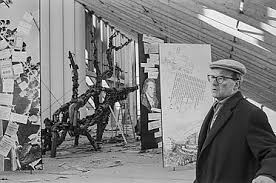
Was invited to an important exhibition at the Kunsthalle in Basel

Married Chilean artist G. Aranis
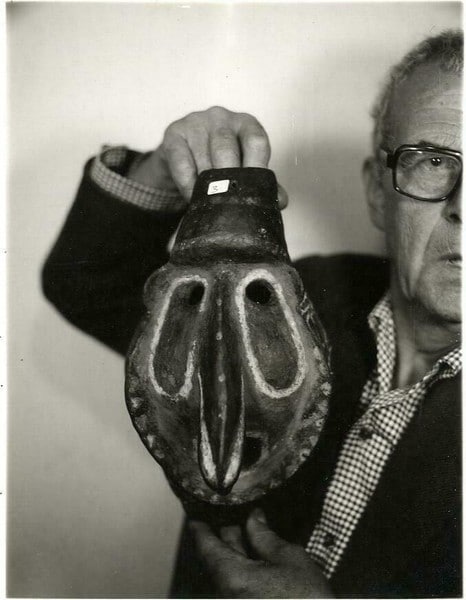
Held a personal vernissage at the Paris gallery Loeb

He was forced to leave Paris

The retrospective exhibition
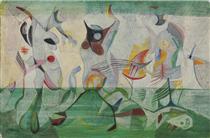
Taught applied painting at the Zurich Academy of Arts

Took part in the exhibition “Neue Sachlichkeit und Surrealismus in der Schweiz”
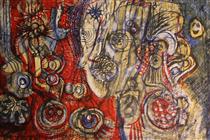
The Villa Heleneum Museum of Non-European Cultures was opened in Lugano

The death of the artist

